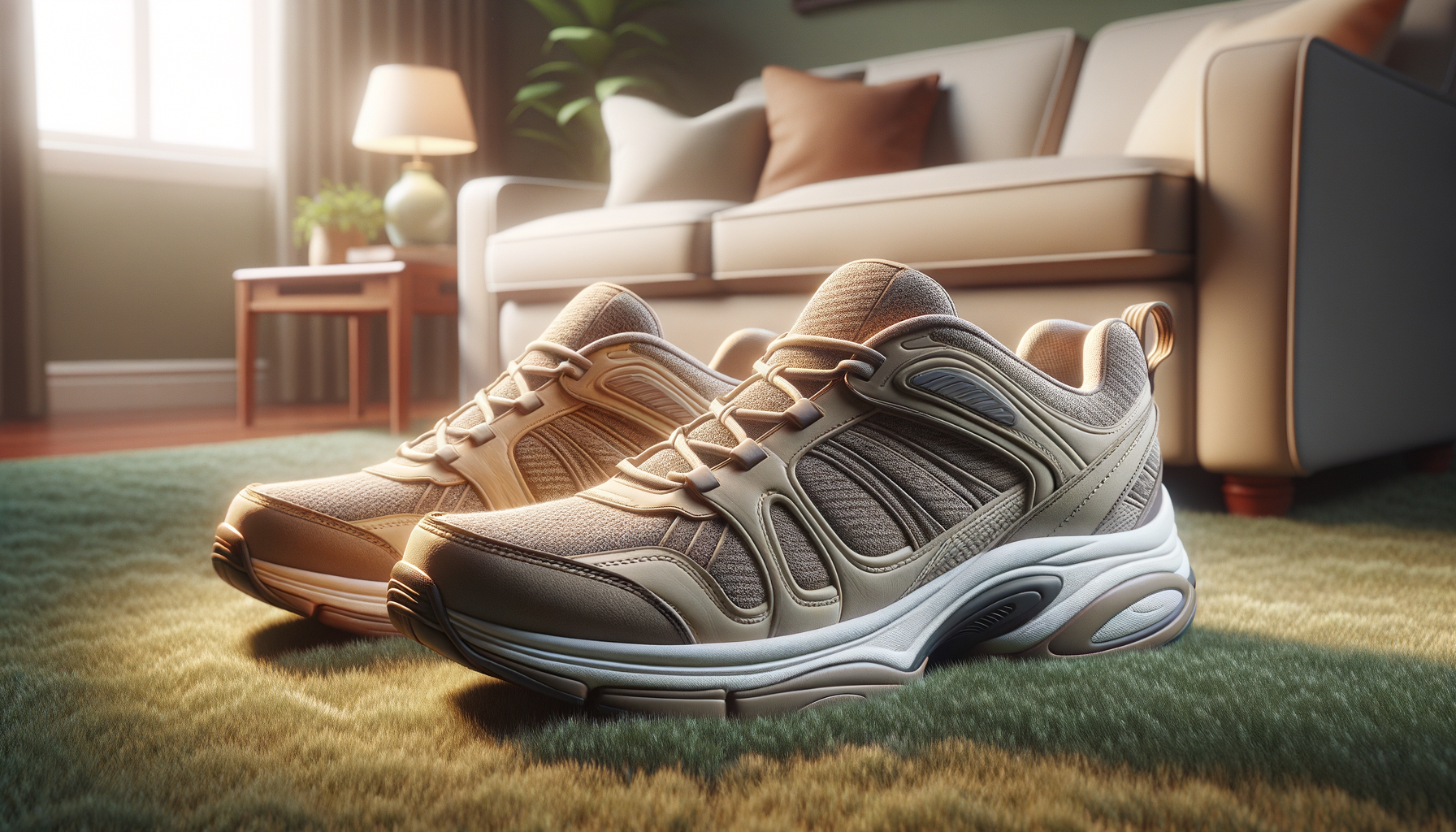Understanding Orthopedic Walking Shoes
Orthopedic walking shoes are designed with a focus on providing comfort and support to individuals who may suffer from foot-related issues. These shoes are not just for those with medical conditions; they are beneficial for anyone who spends a significant amount of time on their feet. The key feature of these shoes is their ability to accommodate the natural shape and movement of the foot. They often come with additional cushioning, arch support, and a design that promotes proper alignment.
The importance of orthopedic walking shoes cannot be overstated, especially for individuals with conditions such as plantar fasciitis, arthritis, or flat feet. These shoes help in reducing strain and preventing further injuries. They are crafted from materials that offer flexibility and durability, ensuring that the wearer can move comfortably without compromising on support.
One of the most significant advantages of orthopedic walking shoes is their ability to alleviate pain. For individuals who experience chronic foot pain, these shoes can be a game-changer. By providing the right amount of support and cushioning, they help in distributing weight evenly across the foot, reducing pressure points and enhancing overall comfort.
Key Features to Look for in Orthopedic Walking Shoes
When selecting orthopedic walking shoes, there are several features to consider to ensure you are getting the right pair for your needs. Here are some key features to look out for:
- Arch Support: Good arch support is crucial for maintaining the natural curve of the foot and preventing overpronation or supination.
- Cushioning: Adequate cushioning helps absorb shock and reduce impact on the joints, which is especially important for those with joint pain or arthritis.
- Breathable Material: Shoes made from breathable materials help keep feet dry and reduce the risk of fungal infections.
- Adjustable Fit: Features like adjustable straps or laces allow for a customized fit, which can accommodate swelling or other foot changes throughout the day.
- Durable Outsole: A durable, slip-resistant outsole provides stability and traction, reducing the risk of slips and falls.
By focusing on these features, you can ensure that the orthopedic walking shoes you choose will provide the necessary support and comfort for your daily activities.
Comparing Orthopedic Walking Shoes to Regular Walking Shoes
While both orthopedic and regular walking shoes aim to provide comfort during walking, there are distinct differences between the two. Orthopedic shoes are specifically designed to address foot health issues, offering enhanced support and cushioning that regular walking shoes may not provide.
Regular walking shoes are often lighter and more flexible, focusing on providing comfort for general walking activities. However, they may lack the specialized features needed for those with specific foot conditions. For instance, regular shoes might not have the necessary arch support or the depth to accommodate custom orthotics.
On the other hand, orthopedic walking shoes are designed with a deeper toe box, accommodating different foot shapes and sizes. They often feature removable insoles, allowing for the insertion of custom orthotics if needed. This adaptability makes them a preferred choice for individuals with unique foot needs.
Ultimately, the choice between orthopedic and regular walking shoes depends on individual needs. For those without specific foot issues, regular walking shoes may suffice. However, for individuals seeking additional support or dealing with foot pain, orthopedic options are a wise investment.
How to Choose the Right Orthopedic Walking Shoes
Choosing the right orthopedic walking shoes involves understanding your specific foot needs and preferences. Here are some steps to guide you in making an informed decision:
- Consult a Professional: Before purchasing, consider consulting a podiatrist or a specialist to understand your foot type and any specific requirements.
- Try Before You Buy: Always try on shoes before purchasing. Walk around in them to assess comfort and fit. Ensure there is enough space for your toes to move freely.
- Consider Your Activities: Think about how you plan to use the shoes. If you will be walking on uneven terrain, look for shoes with a sturdy outsole.
- Check for Quality: Inspect the shoes for quality craftsmanship. Check the stitching, materials, and overall build to ensure durability.
- Read Reviews: Online reviews can provide insights into the experiences of other users. Look for feedback on comfort, durability, and support.
By taking these steps, you can find orthopedic walking shoes that will provide the necessary support and comfort for your lifestyle.
Maintaining Your Orthopedic Walking Shoes
Once you’ve invested in a pair of orthopedic walking shoes, proper maintenance is key to ensuring their longevity and effectiveness. Here are some tips to help you care for your shoes:
- Regular Cleaning: Clean your shoes regularly to remove dirt and debris. Use a damp cloth or a soft brush to gently clean the surface.
- Avoid Excessive Moisture: Keep your shoes dry to prevent damage to the materials. If they get wet, allow them to air dry naturally.
- Rotate Your Shoes: If possible, rotate between different pairs of shoes. This allows each pair to rest and maintain their shape.
- Inspect for Wear and Tear: Regularly check your shoes for signs of wear and tear. Replace them when they no longer provide adequate support.
- Store Properly: Store your shoes in a cool, dry place away from direct sunlight to preserve their materials.
By following these maintenance tips, you can extend the life of your orthopedic walking shoes and continue to enjoy their benefits.




Leave a Reply